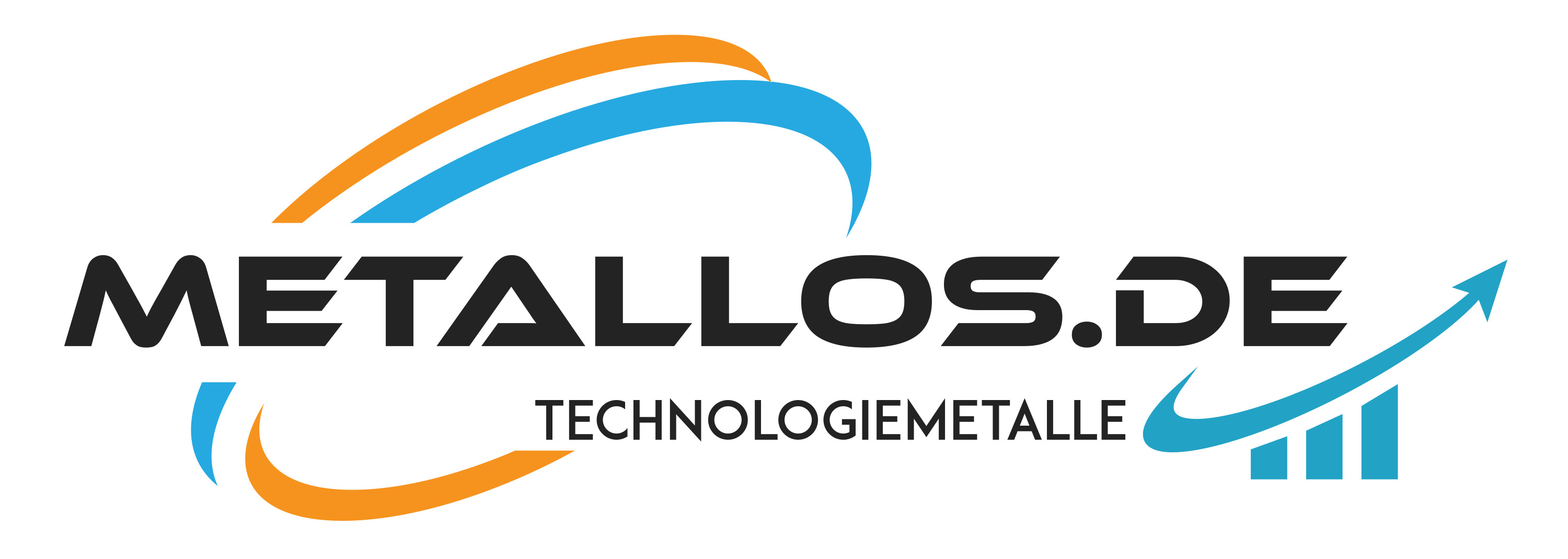1kg Yttrium metal 99.9%, rare earth metal
Description
1kg Yttrium metal 99.9%, rare earth metal
1kg Yttrium Metal 99.95%, Rare Earth Metal
Buy now high purity yttrium metal with min 99.95% purity.
Yttrium is a rare earth metal. With us you get the best price for 1kg Yttrium metal.
The current Yttrium price is stable at the moment.
It is 229€/kg right now, so you should buy yttrium metal now.
buy 99,95% yttrium
price yttrium 1kg 229 euro
- Deliverable within 10 - 12 working days by GLS or DHL
- Purity: min.: 99,95%
- Quantity: 1kg
- Quantity discounts see below
Yttrium is relatively stable in air, but darkens under light. At temperatures above 400 °C, fresh interfaces can ignite. Finely divided yttrium is relatively unstable. Yttrium has a low capture cross section for neutrons. In its compounds, it is usually trivalent. However, there are cluster compounds in which yttrium can assume oxidation states < 3. There are a total of 32 known isotopes between 76Y and 108Y, and another 24 nuclear isomers. Of these, only one 89Y, of which natural yttrium also consists exclusively, is stable. Thus, yttrium is one of 22 pure elements. The most stable radioisotopes are 88Y with a half-life of 106.65 days and 91Y with a half-life of 58.51 days. All other isotopes have a half-life less than one day, except 87Y, which has a half-life of 79.8 hours, and 90Y with 64 hours. Yttrium isotopes are among the most common products of the fission of uranium in nuclear reactors and in nuclear explosions.
Application
Metallic yttrium is used in reactor technology for tubes. An yttrium-cobalt alloy can be used as a permanent magnet. Yttrium is used as a material for heating wires in ion sources of mass spectrometers. In metallurgy, small additions of yttrium are used for grain refinement, for example in iron-chromium-aluminum heating conductor alloys, chromium, molybdenum, titanium and zirconium alloys. In aluminum and magnesium alloys, it has a strength-increasing effect. Technically more important are the oxide yttrium compounds: Yttrium nitrate as a coating material in an annealing mantle. Yttrium aluminum garnet (YAG) is used as a laser crystal Yttrium iron garnet (YIG) as a microwave filter Yttrium stabilized zirconia as solid electrolyte in fuel cells (SOFC, Solid Oxide Fuel Cell) The most important use of yttrium oxides and yttrium oxide sulfides, however, is their wide range of applications in luminophores (phosphors) doped with trivalent europium (red) and thulium (blue) in television picture tubes, fluorescent lamps and radar tubes. Furthermore, yttrium ceramics and alloys are used in: Lambda probes superconductors (e.g. yttrium-barium-copper oxide YBa2Cu3O7-x) ODS alloys Spark plugs As a pure beta emitter, 90Yttrium is used in nuclear medicine for therapy, for example radiosynoviorthesis. Yttrium is considered non-essential and toxic (MAK value = 5 mg/m3).
- as an alloying element (iron-chromium-aluminum, cobalt, molybdenum, nickel and zirconium alloys);
- as yttrium compounds (laser technology, production of memory chips, high-frequency technology);
- spark plugs;;
- Reactor technology;
- Production of permanent magnets
Extraction
Separation of rare earths from each other is a complex step in the production of yttrium. Fractional crystallization of salt solutions was the preferred method in the beginning, this was used early on for the separation of the rare earths on a laboratory scale. Only the introduction of ion chromatography made it possible to separate the rare earths on an industrial scale. The concentrated yttrium oxide is converted to fluoride. The subsequent reduction to the metal is carried out with calcium in a vacuum induction furnace.
Yttrium (from Ytterby, mine near the Swedish capital Stockholm) was discovered in 1794 by Johan Gadolin in the mineral ytterbite. In 1824, Friedrich Wöhler produced impure yttrium by reducing yttrium chloride with potassium. It was not until 1842 that Carl Gustav Mosander succeeded in separating yttrium from the accompanying elements erbium and terbium. Yttrium does not occur in nature in the elemental state. Minerals containing yttrium (ytter earths) are always conspired with other rare earth metals. It can also be contained in uranium ores. Commercially mineable are monazite sands with up to 3 % yttrium as well as bastnäsite with 0.2 % yttrium. Furthermore, it is the main component of xenotime (Y[PO4]). Large monazite deposits discovered and exploited in Brazil and India in the early 19th century made these two countries the main producers of yttrium ores. It was not until the opening of the Mountain Pass Mine in California, which produced large quantities of bastnäsite until the 1990s, that the U.S. became the main producer of yttrium, although the bastnäsite mined there contains little yttrium. Since the closure of that mine, China has become the largest producer of rare earths, accounting for 60%. These are extracted from a mine near Bayan Kuang, whose ore contains xenotime, and from ion-absorbing clay minerals mined mainly in southern China.
Symbol: Y
Electron configuration: [Kr] 4d15s2
Electrons per shell: 2,8,18,9,2
Atomic number: 39
Atomic mass: 88.90585 u
Melting point: 1,526 °C
Boiling point: 3,338 °C
CAS number: 7440-65-5
